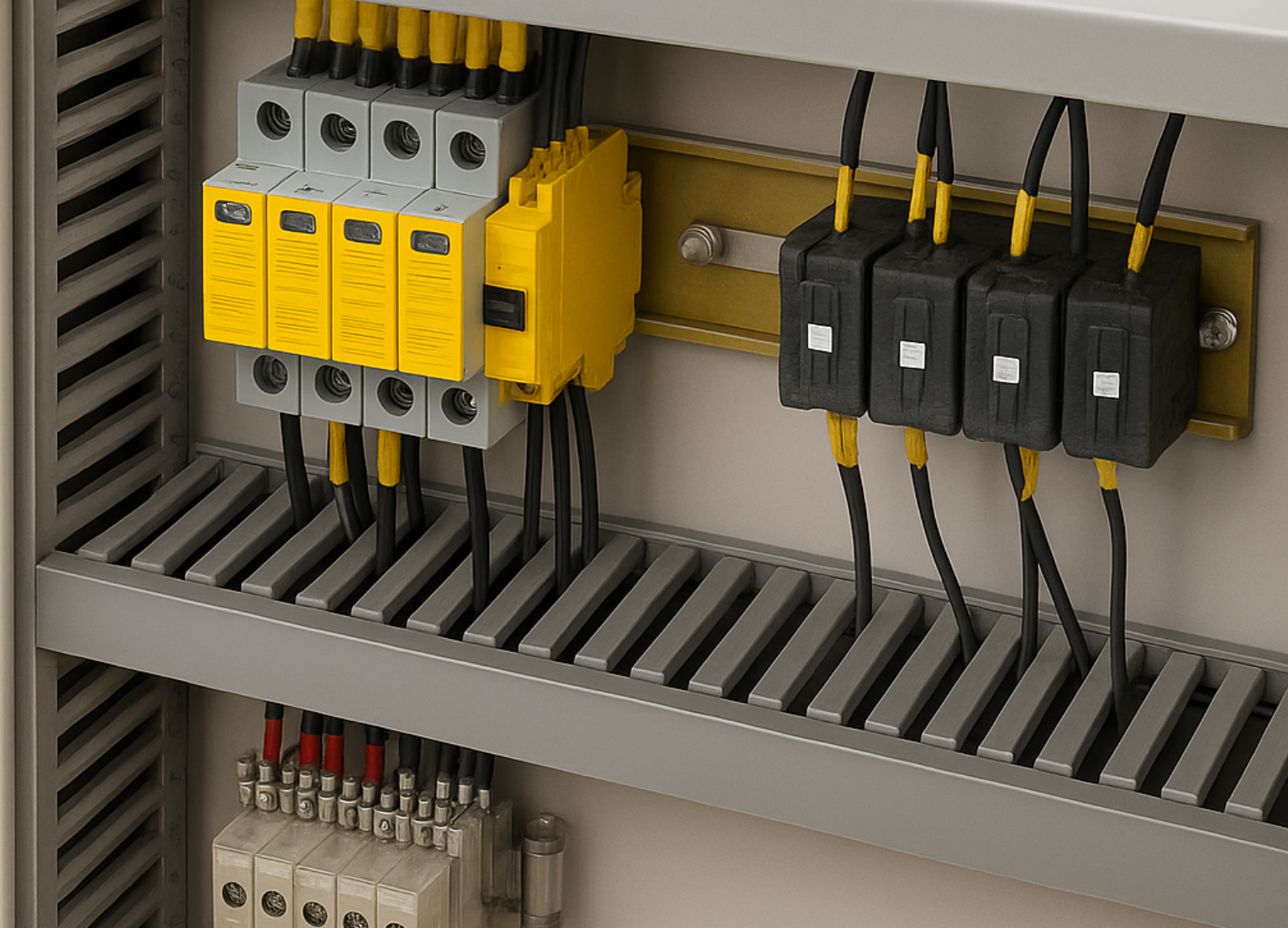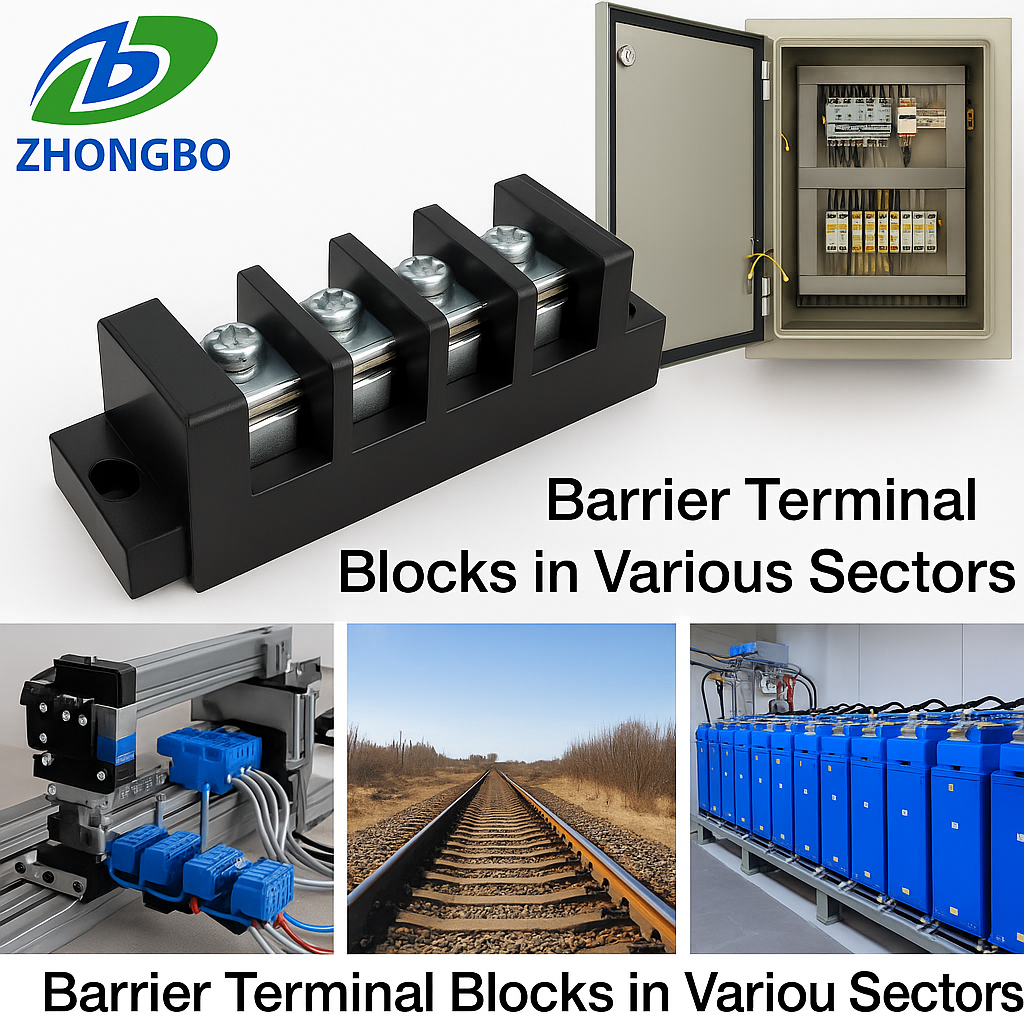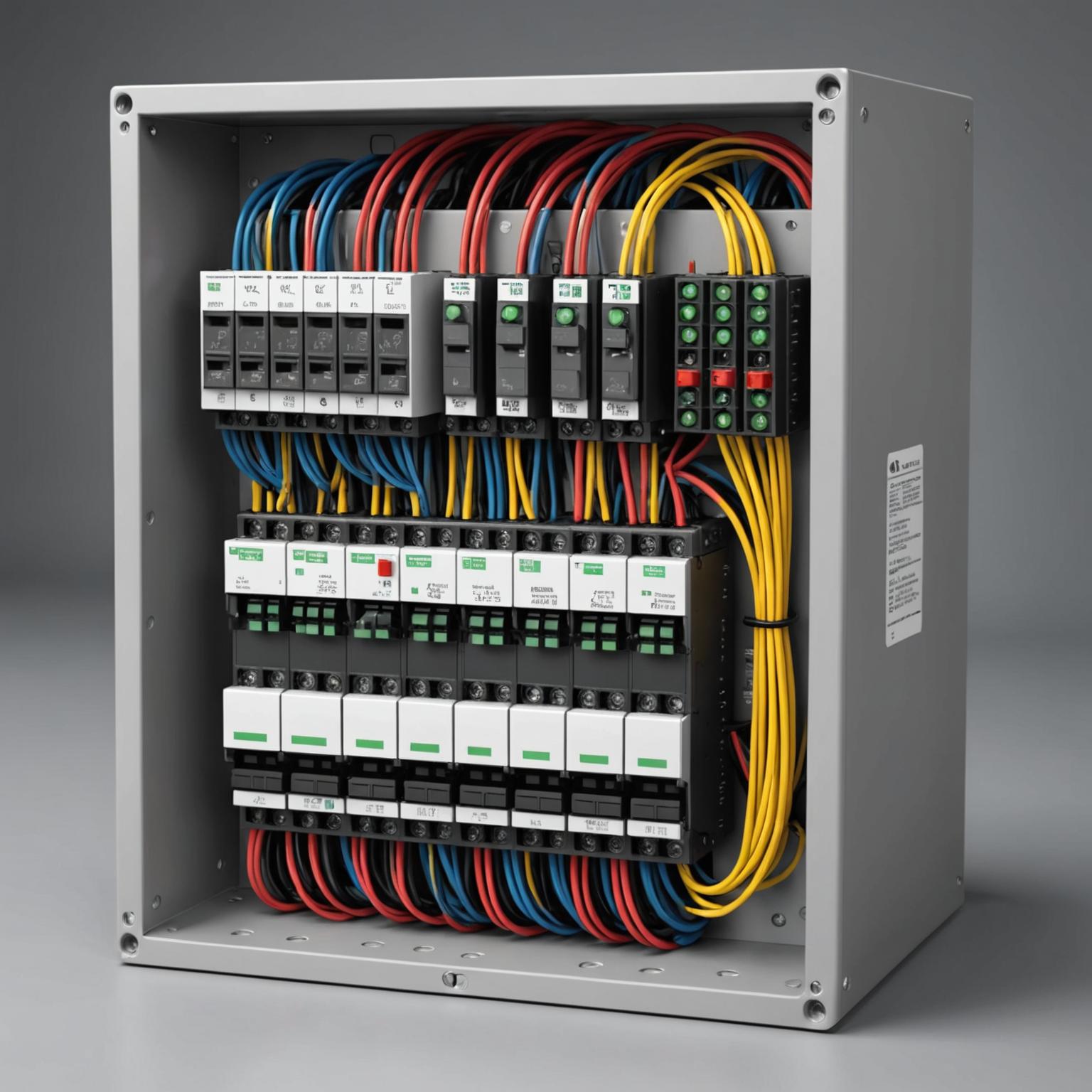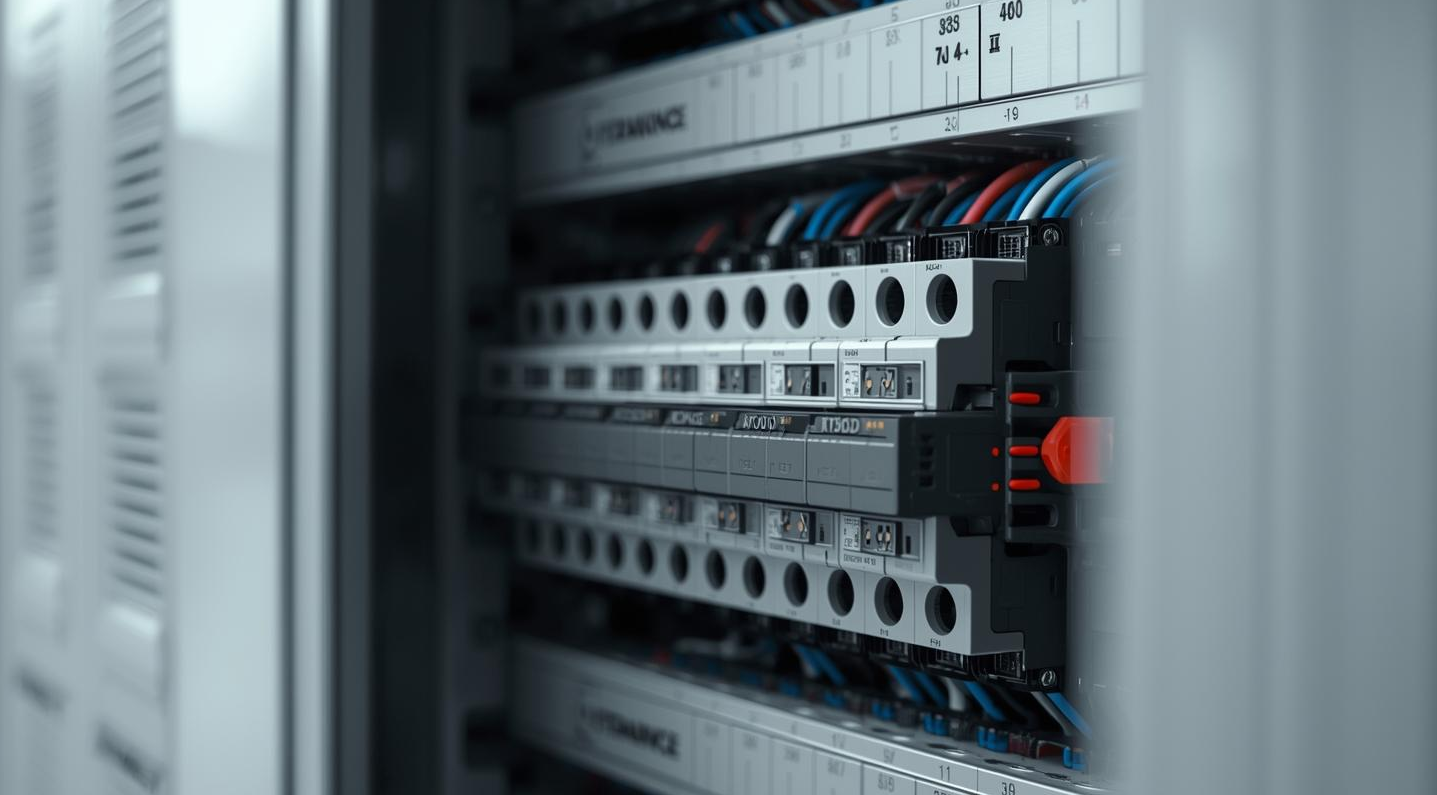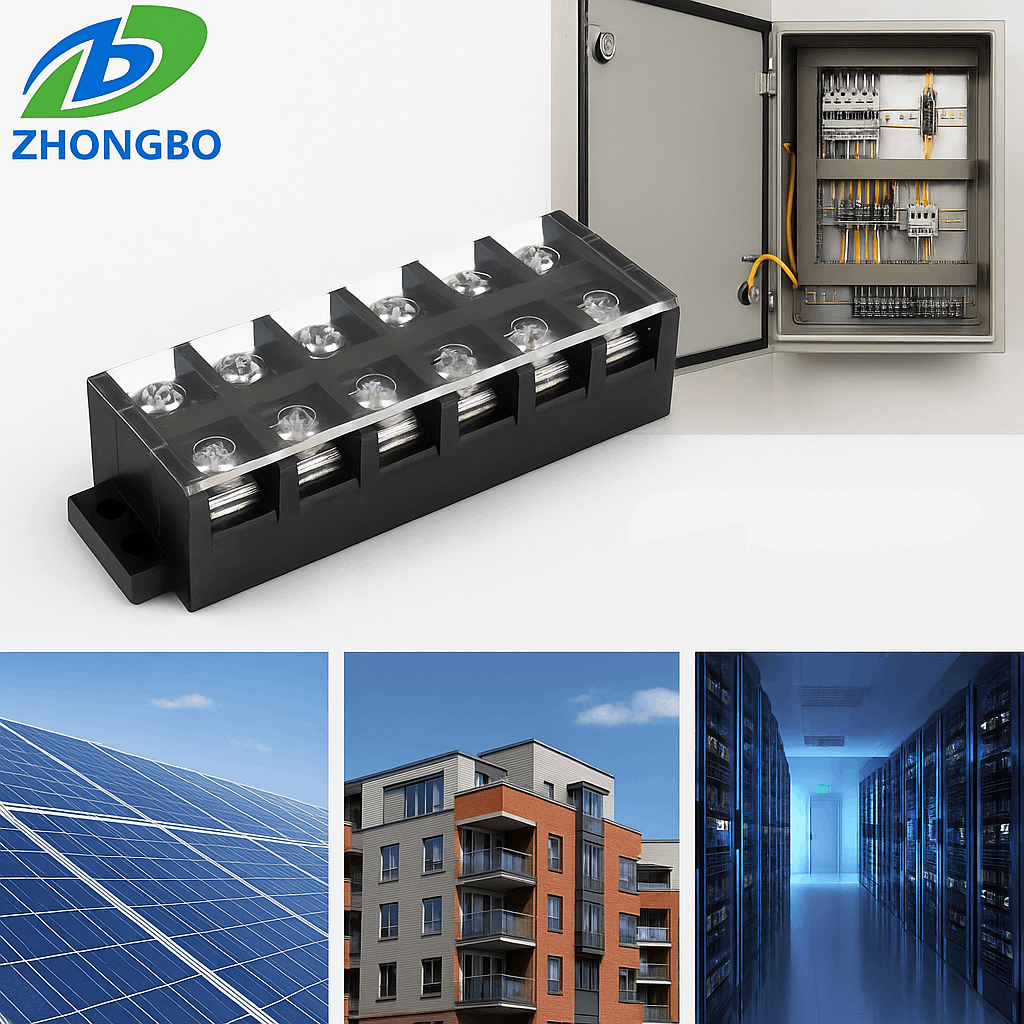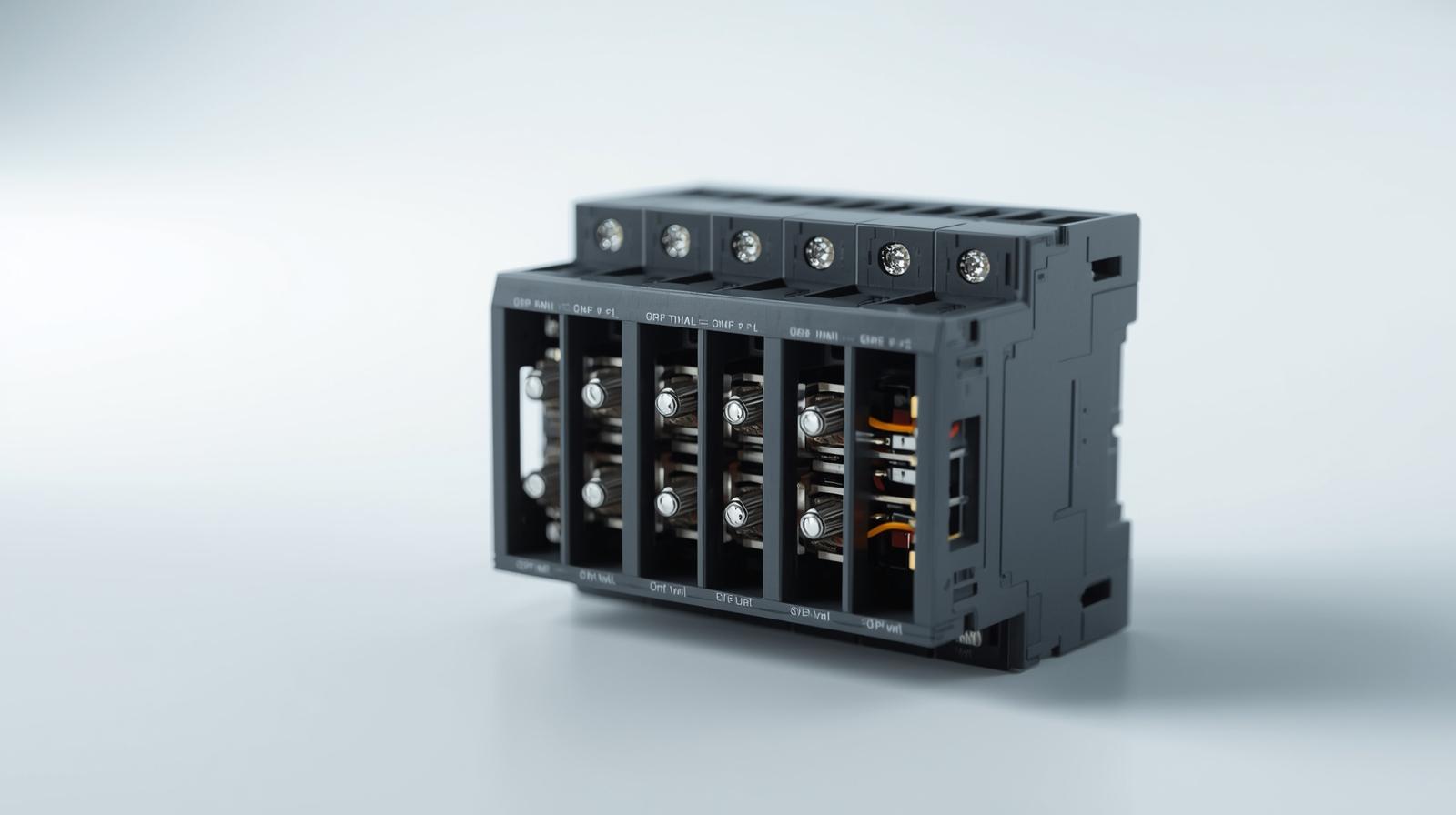
Modular Terminal Block Manufacturer: Scalable OEM Solutions for Modern Electrical Systems
Why Modular Terminal Blocks Have Become Essential
As industries transition toward smarter, larger, and more complex systems, the demand for modular electrical connectors has surged. Traditional fixed blocks often fail in environments where layouts change, loads increase, or compliance rules tighten. For project managers and engineers, the pain points are clear:
-
Limited flexibility when systems expand.
-
High costs of redesign when wiring requirements shift.
-
Downtime during maintenance when fixed blocks fail.
-
Inconsistent compliance across global projects.
Modular terminal block manufacturers solve these challenges by providing OEM solutions that are scalable, reliable, and certified, making them the backbone of automation, renewable energy, and building power distribution projects.
Pain Points in Real-World Projects and OEM Solutions
1. Lack of Flexibility in Expansion
-
Pain Point: Adding circuits often means redesigning panels.
-
OEM Solution: Modular blocks allow adding or removing sections without re-engineering the entire system.
2. High Downtime During Maintenance
-
Pain Point: Fixed connectors require full system shutdown for repairs.
-
OEM Solution: Individual modules can be replaced independently, keeping systems partially active.
3. Compliance and Certification Gaps
-
Pain Point: Different markets demand different standards, causing delays.
-
OEM Solution: IEC and UL certified modular blocks ensure global acceptance.
4. Overcrowded Panels
-
Pain Point: Automation cabinets often run out of space.
-
OEM Solution: Slim modular profiles maximize wiring density without overheating risks.
Modular vs Traditional Terminal Blocks
| Factor | Traditional Blocks | Modular Terminal Blocks |
|---|---|---|
| Flexibility | Fixed, no reconfiguration | Scalable and reconfigurable |
| Maintenance | Requires full shutdown | Replace modules individually |
| Space Efficiency | Larger footprint | Slim, space-saving designs |
| Compliance | Limited | Full IEC/UL certifications |
| Project Value | Short-term fit | Long-term adaptable ROI |
Industry Applications: Where Modular Blocks Excel
-
Automation Systems – High-density wiring with frequent layout changes, requiring flexible modular options.
-
Renewable Energy – Solar and wind systems with fluctuating loads benefit from scalable connectors that grow with demand.
-
Building Distribution – Residential and commercial projects rely on modular blocks to simplify wiring while leaving room for expansion.
-
Industrial Power Distribution – OEM factory systems integrate modular blocks for reliable, large-scale energy management.
Common Questions Answered
Q1: Are modular terminal blocks more expensive than standard blocks?
Upfront cost may be higher, but modular designs reduce downtime, minimize redesign costs, and extend product life—delivering better ROI for large projects.
Q2: How do modular blocks perform in harsh environments?
With OEM customization, modular blocks can be made with corrosion-resistant alloys, heat-resistant housings, and reinforced contacts, ensuring durability in outdoor and industrial climates.
Q3: Can modular designs be integrated with existing systems?
Yes. ZhongBo modular terminal blocks are engineered for compatibility, allowing integration with existing control cabinets and power distribution boards.
A Manufacturer That Builds for Scale
At ZhongBo, modular terminal blocks are designed with scalability and OEM flexibility at their core. Using automated production lines and precision CNC machining, every batch undergoes conductivity, insulation, and thermal resistance testing. Compliance with ISO, CE, UL, and IEC standards ensures products are ready for global deployment.
With strong production capacity, bulk supply capability, and proven solutions in automation, renewable energy, and building distribution, ZhongBo is more than a manufacturer—it is a trusted partner in future-proof wiring solutions.
For modular terminal block solutions tailored to your projects, visit our homepage or contact us directly through the contact page.

